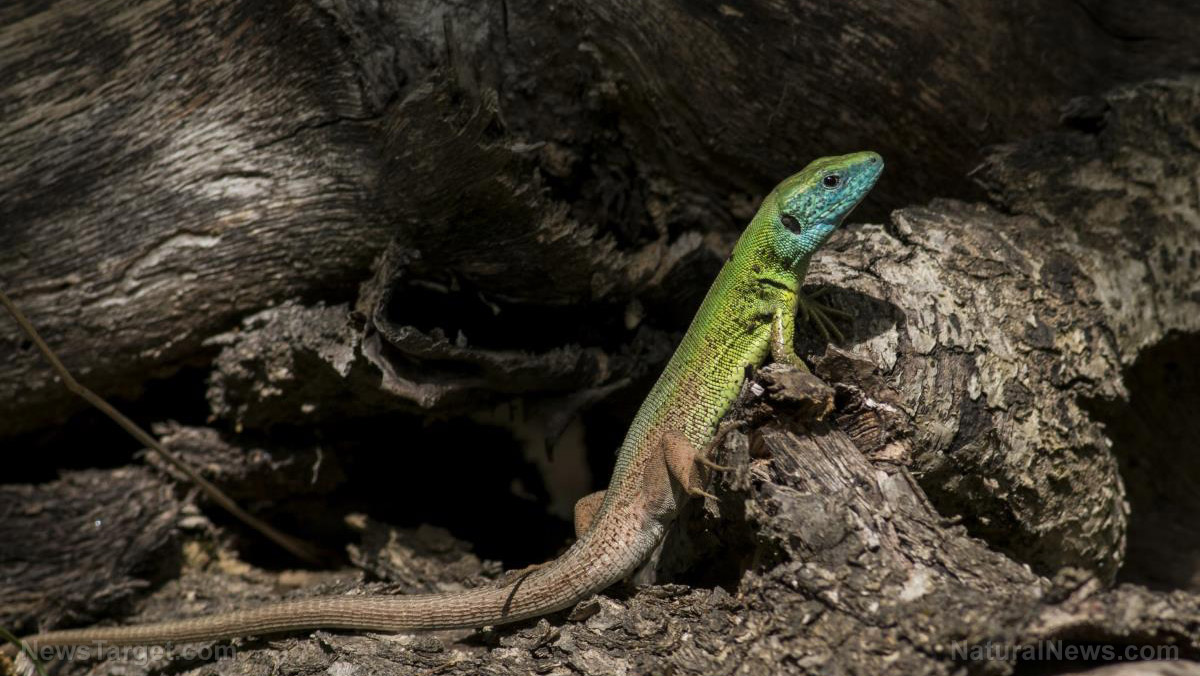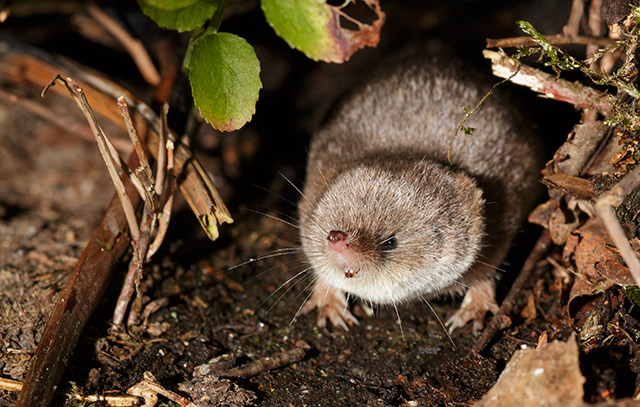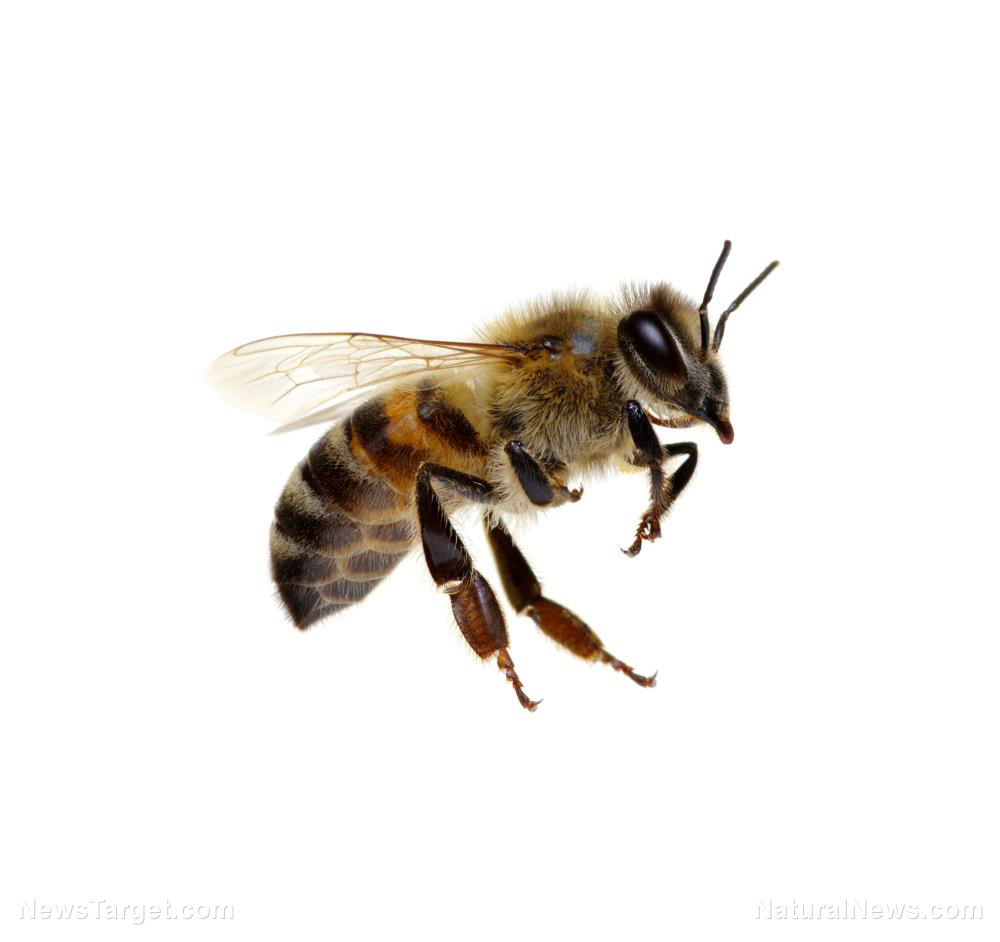Scientists discover marbled crayfish that didn’t exist 25 years ago but are somehow able to clone themselves
10/12/2018 / By David Williams

Animal cloning is a highly controversial topic that has been the subject of heated debate between experts for quite some time now. Should it be done by humans? Do its cons really outweigh the benefits that it offers? Regardless of the current mainstream view on it, it’s something that’s being done by animals themselves.
Indeed, some animals can clone themselves and reproduce without the need for a partner. However, it’s a rare occurrence and is usually not seen as something common for all animal species. Which is why scientists and other experts have been so surprised to find that a certain kind of crayfish has this ability now – when it didn’t 25 years ago. Something has changed and now it has started to become a real problem, according to one report.
A report on the marbled crayfish that is normally found in Europe states that a new mutation, which was present in the species 25 years ago, has now caused it to multiply at an exponential rate. And what’s more, its current method of reproduction doesn’t require a partner, meaning that it is effectively cloning itself and consequently giving birth to fertile offspring which then perform the process all over again.
The marbled crayfish, also referred to as marmorkrebs, reportedly became popular first with aquarium owners due to their size and their ability to lay copious amounts of eggs, seemingly without mating. This eventually lead to owners becoming confused over what was happening, and the phenomenon caught the attention of scientists shortly thereafter.
According to the report from the New York Times, the fact that the marmorkrebs possessed the ability to give birth to clones showed many benefits. “There are a lot of clear advantages to being a clone,” the report stated. “Marbled crayfish produce nothing but fertile offspring, allowing their populations to explode.”
Normally, this wouldn’t be a problem. But marmorkrebs are currently banned in the two states of Missouri and Tennessee. And the European Union (EU) has also banned the species from being produced, distributed, or even released out in the wild. It is now being viewed as a serious problem that affects the local ecosystem, and could potentially affect the entire world.
If left alone, the kind of reproductive pattern shown by the marmorkrebs could lead to a serious problem for the environment. As it is, the marmorkrebs population is growing far too quickly to be kept under control. As the report from the New York Times states, people that start one with only one of them end up having 200 after just one entire year. They are invariably going to take away resources from other animal species living in the water, and natural predators aren’t going to be able to consume them fast enough at the rate that they are multiplying.
There are some who view the existence of these sea creatures as a potential source of breakthroughs in the field of cloning, as their cells could be studied in order to find out exactly what caused their mutation to occur in the first place. However, there are also those who maintain that cloning is a bad thing, and it would be best if scientists and other researchers instead focused on how to fix the marmorkrebs overpopulation problem.
Find more interesting news about aquatic species at Discoveries.news.
Sources include:
Tagged Under: animals, biodiversity, breakthrough, clones, Cloning, marbled crayfish, marine life, mutation, ocean life, science, wildlife



















